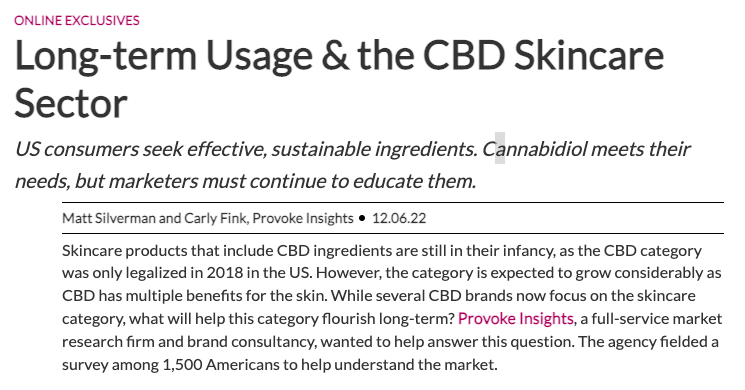What should the hospitality industry expect for the travel sector in 2023? Thanksgiving numbers may show the demand for flights increasing, but does this bump signify a long-term uptick in travel spending? Provoke Insights, a full-service market research firm, investigated what is happening in the market and how this will impact brands in the hospitality industry.
Inflation’s Impacts on Travel
Thanksgiving travel numbers reached the highest levels since the pandemic’s start. With airport attendance measuring in the millions, airlines may jump to conclusions and prepare for a busy winter moving forward. However, with the skies more open than they have been in years and fewer regulations for travel being enforced, Families may have rushed to spend Thanksgiving with loved ones with whom they have not been able to spend time.
However, the US Bureau of Labor Statistics confirms that inflation has drastically impacted airline prices, with prices rising 42.9% in just one year. As inflation impacts discretionary spending, will this prevent people from vacationing?
Consumers’ Reaction to the Economy
Provoke Insights’ research has found that almost three-quarters of Americans (70%) report being more budget conscious. Since Spring 2022, the following changes have occurred:
- Only a fifth of consumers expects to travel in the next three months, down 12%.
- 16% of consumers booked a hotel in the last month, a five percent decline.
- 15% purchased airline tickets, a decline of five percent.
What Most Influences Purchases of Airline Tickets and Booking Hotels
Price (76%) and availability (41%) are the largest motivators to purchasing airline tickets—only a quarter care about quality. As a result, deals and specials would move the needle when it comes to purchases of these tickets. Promoting specials such as free baggage check and free wifi or emphasizing lower-tier seating prices, such as “basic economy,” could draw Americans on the fence about vacationing. In addition, showing that your airline has convenient times to travel may also be helpful to consumers.
While price is also a concern when selecting a hotel, over half (53%) consider quality a primary deciding factor. An emphasis on the facility amenities and room features can pique the interest of consumers, while package deals or multi-night discounts could alleviate cost concerns.
Age Impacts Travel
Age plays a factor in the types of vacations consumers have in mind. Marketing and advertising initiatives must tailor communication (e.g., messaging and imagery) to best fit each audience’s needs.
Regarding domestic travel, Baby Boomers and Gen X are more likely to create itineraries within the States. It is important to note that these travelers have a higher household income and are optimistic about the future.
Travel brands can appeal to these audiences by promoting weekend getaways and luxury experiences. As these travelers are likely to have more expendable income, companies can market higher-end packages with less concern about affordability. From media buys and imagery to messaging should focus on what appeals to this age group.
On the other hand, international travel is more popular among younger Americans, especially Gen Z, has the highest propensity to get their passports out. These travelers are likely college or post-college-age who are ready to escape and explore the world after two years of isolation and virtual classes.
Travel brands should promote exotic “backpacking” friendly experiences for this audience. All-inclusive deals or organized group trips will simplify planning for these young adventurers and add an aspect of much-anticipated social interaction. As they are younger, affordability may play a larger role in their travel destination.
Methodology
Provoke Insights conducted a 15-minute survey in the fall of 2022 among 1,500 Americans between the ages of 21 and 65. A random stratified sample methodology was used to ensure a high degree of representation of the U.S. population (household income, age, gender, geography, ethnicity, and children in the household). Statistical differences between subgroups were tested at a 95% confidence level. The margin of error is +/-2.5%.














